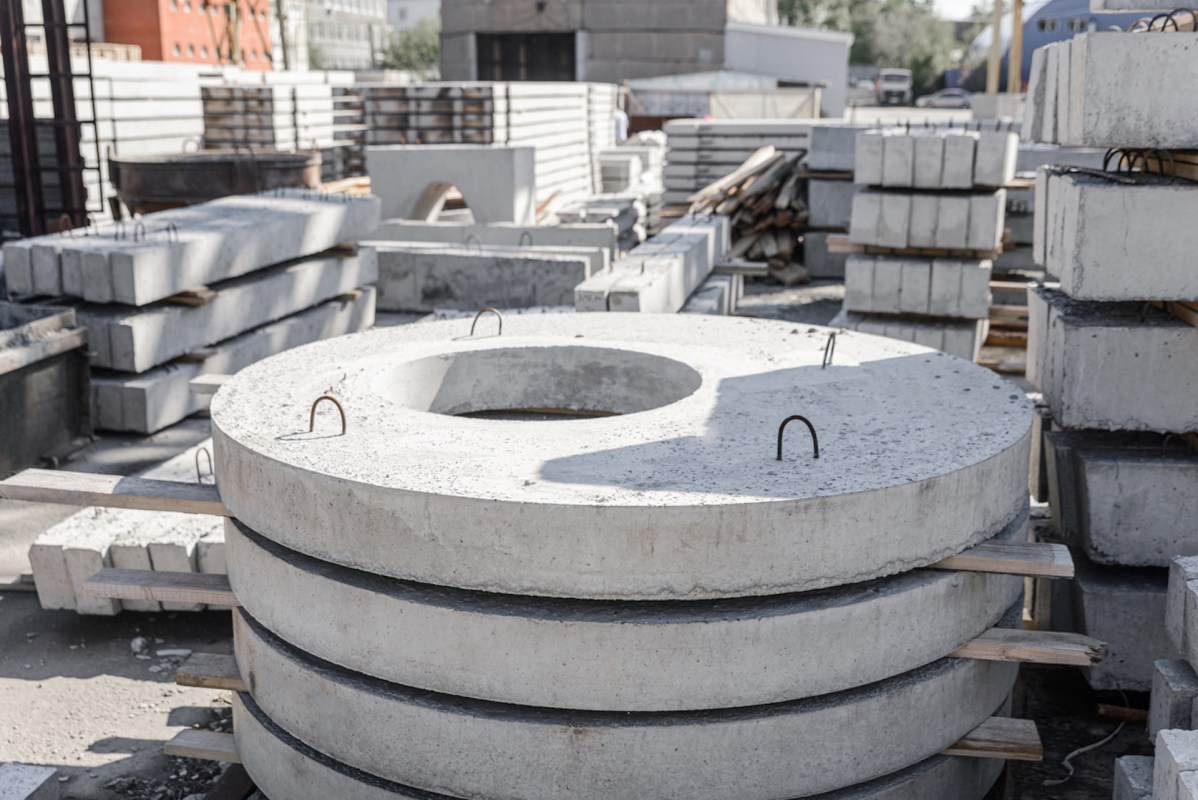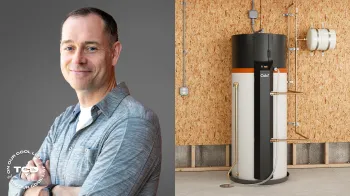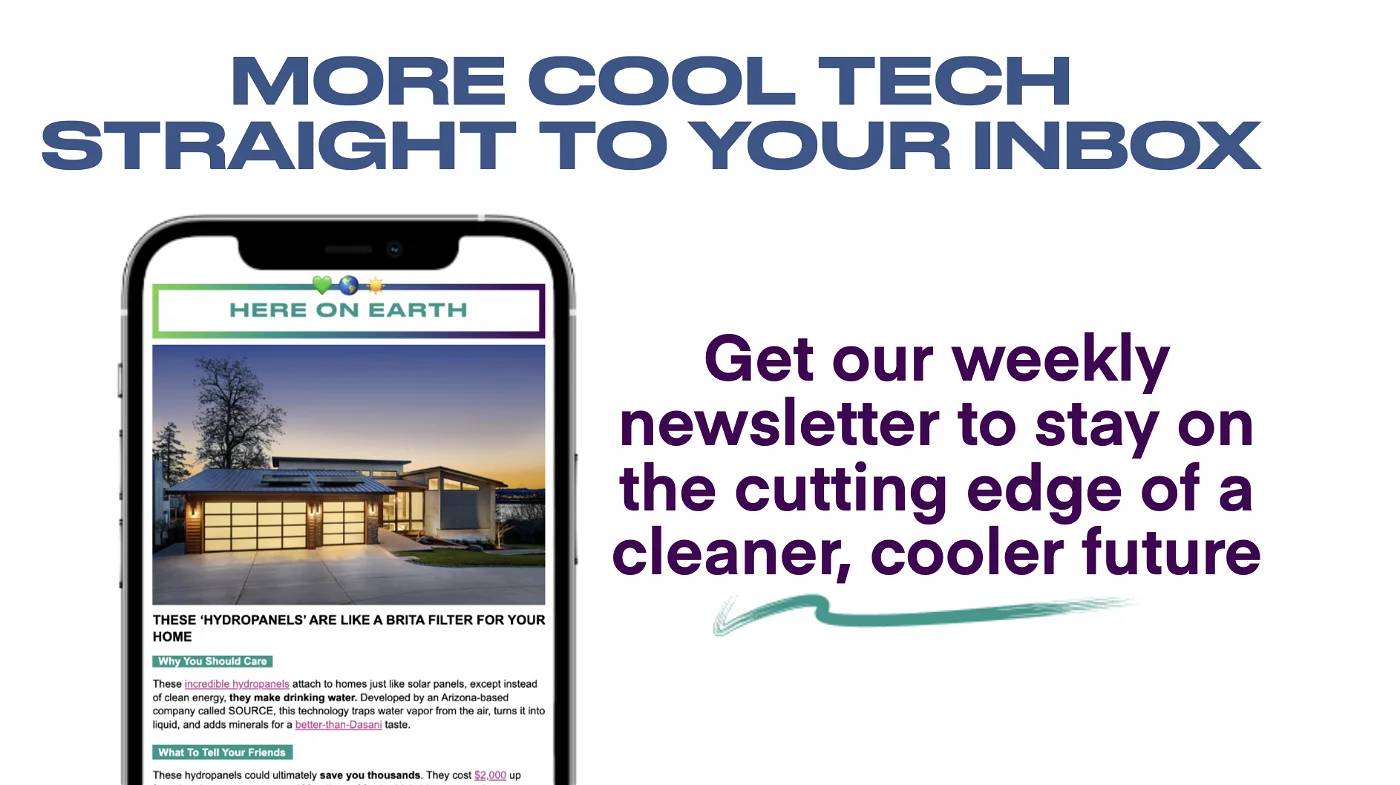Concrete is the most widely used building material in the world and also one of the most environmentally harmful, as institutions such as The Royal Society of Chemistry have reported.
The production of cement — which binds concrete together — is by some estimates responsible for 8% of global planet-overheating pollution. That's why scientists have been hard at work trying to figure out how to engineer cement (and by proxy concrete) with a smaller environmental footprint.
Researchers at the University of Manchester in England may have just come up with the solution. By adding a material called graphene to the mixture, the researchers said they strengthened concrete by 30%, reducing the amount of cement needed.
The process also makes the concrete less expensive to produce, the researchers said in a university report, creating savings that could in theory be passed on to customers.
Graphene, described by the researchers as a "2D material," is a one-atom-thick layer of carbon atoms that, when mixed into concrete, leads to better bonding at a microscopic level. The result is a stronger, more durable, and more corrosion-resistant material.
It can also be added directly to existing concrete mixtures, meaning that no additional equipment or training is needed.
"We have produced a graphene-based additive mixture that is non-disruptive at the point of use. That means we can dose our additive directly at the batching plant where the concrete is being produced as part of their existing system, so there's no change to production or to the construction guys laying the floor," Dr. Craig Dawson, application manager at the Graphene Engineering Innovation Centre, said in the release.
Graphene-enhanced concrete is not the only type of "green concrete" to be produced by scientists in recent years. Other methods include injecting carbon dioxide into concrete, creating concrete with used coffee grounds, using waste materials from the sugar refining process, or using concrete alternatives such as Ferrock.
Graphene also has other potentially exciting uses, most notably as part of more efficient batteries for electric vehicles.
Join our free newsletter for weekly updates on the coolest innovations improving our lives and saving our planet.









